Yuzhuo Li9780471719199, 0471719196
Chemical Mechanical Planarization (CMP) provides the greatest degree of planarization of any known technique. The current standard for integrated circuit (IC) planarization, CMP is playing an increasingly important role in other related applications such as microelectromechanical systems (MEMS) and computer hard drive manufacturing. This reference focuses on the chemical aspects of the technology and includes contributions from the foremost experts on specific applications. After a detailed overview of the fundamentals and basic science of CMP, Microelectronic Applications of Chemical Mechanical Planarization: *
Provides in-depth coverage of a wide range of state-of-the-art technologies and applications *
Presents information on new designs, capabilities, and emerging technologies, including topics like CMP with nanomaterials and 3D chips *
Discusses different types of CMP tools, pads for IC CMP, modeling, and the applicability of tribometrology to various aspects of CMP *
Covers nanotopography, CMP performance and defect profiles, CMP waste treatment, and the chemistry and colloidal properties of the slurries used in CMP *
Provides a perspective on the opportunities and challenges of the next fifteen years
Complete with case studies, this is a valuable, hands-on resource for professionals, including process engineers, equipment engineers, formulation chemists, IC manufacturers, and others. With systematic organization and questions at the end of each chapter to facilitate learning, it is an ideal introduction to CMP and an excellent text for students in advanced graduate courses that cover CMP or related semiconductor manufacturing processes.
Table of contents :
MICROELECTRONIC APPLICATIONS OF CHEMICAL MECHANICAL PLANARIZATION……Page 3
CONTENTS……Page 7
Foreword……Page 21
Contributing Authors……Page 25
1.1 Introduction……Page 29
1.2.1 Multilevel Metallization and the Need for Planarization……Page 30
1.2.2 Degrees of Planarization……Page 32
1.2.3 Methods of Planarization……Page 33
1.2.4 Chemical and Mechanical Planarization of Dielectric Films……Page 35
1.2.5 Preparation of Planar Thin Films for Non-IC Applications Using CMP……Page 36
1.3.1 RC Delay and New Interconnect Materials……Page 37
1.3.2 Damascene and Dual Damascene……Page 40
1.3.3 Tungsten CMP……Page 43
1.3.4 STI……Page 44
1.4 CMP to Correct Defects……Page 47
1.5 Advantages and Disadvantages of CMP……Page 48
1.6 Conclusion……Page 49
2.1 Introduction……Page 53
2.2 Historic Prospective and Future Trends……Page 55
2.3 CMP Material Characterization……Page 60
2.3.1 Thermal Effects……Page 61
2.3.2 Slurry Rheology Studies……Page 63
2.3.3 Slurry–Pad Interactions……Page 66
2.3.4 Pad Groove Effects……Page 70
2.3.5 Pad–Wafer Contact and Slarry Transport: Dual Emission Laser Induced Fluorescence……Page 71
2.3.6 Dynamic Nuclear Magnetic Resonance……Page 73
2.3.7 CMP Slurry Stability and Correlation with Defectivity……Page 77
2.4 Conclusions……Page 79
3.1 CMP Operation and Characteristics……Page 85
3.2 Description of the CMP Process……Page 87
3.3.1 CMP System……Page 88
3.3.2 Brief History of CMP Systems……Page 89
3.3.4 Polisher……Page 90
3.3.5 Cleaning Module in a Dry-in/Dry-out System……Page 92
3.4.2 Carrier……Page 93
3.4.3 Profile Control by Carriers……Page 96
3.4.4 Dressers……Page 97
3.5.2 Representative Monitors……Page 100
3.5.4 Communication……Page 103
3.6 Conclusions……Page 106
4.1 Introduction……Page 109
4.2 Tribometrology of CMP……Page 110
4.3.1 Process Parameters During CMP……Page 113
4.3.2 Polishing Pad Characteristics……Page 116
4.3.3 Slurry Characteristics……Page 118
4.4.1 PadProbe™……Page 120
4.4.2 Effect of Temperature……Page 128
4.5 Conditioner Design……Page 130
4.6.1 Slurry Testing……Page 133
4.6.2 Pad Testing……Page 136
4.6.3 Retaining Rings……Page 138
4.7.1 Coefficient of Friction and Acoustic Emission Signal……Page 141
4.7.2 Advanced Signal Processing……Page 142
4.8 Summary……Page 145
5.1 Introduction……Page 151
5.2.1 Pad Types……Page 152
5.2.2 Pad Microstructures and Macrostructures……Page 153
5.2.3.1 Hardness, Young’s Modulus, and Strength……Page 155
5.2.3.3 Pad Thickness……Page 156
5.2.4 Effects of Pad Property on Polishing Performance……Page 157
5.2.4.1 Pad Roughness Effects……Page 158
5.2.4.2 Pad Porosity/Density Effects……Page 159
5.2.4.3 Pad Hardness, Young’s Modulus, Stiffness, and Thickness Effects……Page 164
5.2.4.4 Pad Groove Effects……Page 166
5.3.2 Polyurethane Property Control by Chemical Components……Page 168
5.3.3 Chemical Effects on Polishing Performance……Page 169
5.4 Pad Conditioning and Its Effect on CMP Performance……Page 170
5.5.1 Review of Modeling of Pad Effects on Polishing Performance……Page 173
5.5.2.1 Pads and Pressure……Page 176
5.5.2.2 Pads and Abrasives……Page 178
5.5.2.3 Pads, Dishing, and Erosion……Page 182
5.6.1 Particle-Containing Pads……Page 187
5.6.2 Surface-Treated Pads……Page 190
5.6.3 Reactive Pad……Page 192
6.1 Introduction……Page 199
6.2 A Two-Step Chemical Mechanical Material Removal Model……Page 200
6.3 Pad Surfaces and Pad Surface Contact Modeling……Page 203
6.4 Reaction Temperature……Page 206
6.5 A Polishing Example……Page 213
6.6 Topography Planarization……Page 217
7.1 Introduction……Page 229
7.2.1 Nitric Acid……Page 230
7.2.2 Hydrogen Peroxide……Page 231
7.2.3 Ferric Nitrate……Page 238
7.2.4 Potassium Permanganate, Dichromates, and Iodate……Page 240
7.3 Chelating Agents……Page 242
7.3.1 Ammonia……Page 243
7.3.2 Amino Acids……Page 244
7.3.3 Organic Acids……Page 245
7.3.4 Thermodynamic Consideration and Quantitative Description……Page 246
7.4.1 Structures and Physical Properties of Surfactants……Page 247
7.4.2 Dispersion of Particles……Page 249
7.4.3 Surface Modification of Wafer Surface……Page 250
7.5.1 Hardness……Page 253
7.5.3 Particle Crystallinity and Shapes……Page 255
7.5.4 Particle Size and Oversized Particle Count……Page 256
7.5.5 Particle Preparation……Page 258
7.5.6 Surface Properties……Page 259
7.6 Particle Surface Modification……Page 261
7.7 Soft Particles……Page 262
7.8.2 Material Removal Rate and Selectivity……Page 263
7.9 Conclusions……Page 267
8 Corrosion Inhibitor for Cu CMP Slurry……Page 277
8.1 Thermodynamic Considerations of Copper Surface……Page 278
8.2 Types of Passivating Films on Copper Surface Under Oxdizing Conditions……Page 280
8.3 Effect of pH on BTA in Glycine-Hydrogen Peroxide Based Cu CMP Slurry……Page 285
8.4 Evaluation of Potential BTA Alternatives for Acidic Cu CMP Slurry……Page 287
8.5 Electrochemical Polarization Study of Corrosion Inhibitors in Cu CMP Slurry……Page 291
8.6 Hydrophobicity of the Surface Passivation Film……Page 293
8.7 Competitive Surface Adsorption Behavior of Corrosion Inhibitors……Page 294
8.8 Summary……Page 298
9.1 Introduction……Page 305
9.2.1 Basic Applications of Tungsten CMP……Page 306
9.2.2 Basic W CMP Requirements and Procedures……Page 309
9.3 W CMP Defects……Page 310
9.4.1 Basic Considerations……Page 313
9.4.3 Oxide Buffing……Page 317
9.5.1 W CMP Process Controls……Page 318
9.5.2 Platen Temperature Control……Page 319
9.6 Conclusions……Page 320
10.1 Introduction……Page 323
10.2.1 Electrode/Electrolyte Interface……Page 325
10.2.2 Electrochemical Reaction……Page 326
10.2.3 Mass Transport……Page 327
10.2.4 Anodic Polarization Curve and Conditions for Electrochemical Planarization……Page 328
10.3.1 Ohmic Leveling……Page 332
10.3.2 Diffusion Leveling……Page 333
10.3.3 Migration Leveling……Page 335
10.4.1 Impedance Measurement……Page 337
10.4.2 Electrochemical Impedance Spectroscopy……Page 338
10.4.3 Ellipsometry……Page 339
10.5 Modified Electrochemical Polishing Approaches……Page 340
11.1 Introduction……Page 347
11.2 CMP……Page 349
11.3 ECP……Page 350
11.4 ECMP……Page 354
11.5 Full Sequence Electrochemical–Mechanical Planarization……Page 362
11.6 Conclusions……Page 368
12.1 Introduction……Page 373
12.2 LOCOS to STI……Page 374
12.3 Shallow Trench Isolation……Page 377
12.4 The Planarization Step in Detail……Page 379
12.5 Optimization Techniques……Page 386
12.5.2 Patterned Oxide Etch Back……Page 387
12.5.3 Nitride Overcoat……Page 388
12.5.4 EXTIGATE……Page 389
12.5.6 Polysilicon-Filled Trenches……Page 391
12.6 Outlook……Page 392
13.1 Introduction……Page 397
13.2 Representative Testing Wafers for STI Process and Consumable Evaluations……Page 399
13.3 Effects of Abrasive Types on STI Slurry Performance……Page 401
13.4 Effects of Chemical Additives to Oxide: Nitride Selectivity……Page 407
13.5 Effect of Slurry pH……Page 413
13.6 Effect of Abrasive Particle Size on Removal Rate and Defectivity……Page 416
13.7 Conclusion……Page 423
14.1 Introduction……Page 429
14.2 Microfabrication Processes……Page 430
14.3 Microfabrication Products……Page 431
14.4 CMP Requirements in Comparison with IC Fabrication……Page 432
14.5 Examples of CMP Applications for Microfabrication……Page 440
14.5.1 Case Study I: Integrated Pressure Sensor……Page 444
14.5.2 Case Study II: Poly-Si Surface Micromachining and Angular Rate Sensor……Page 445
14.5.3 Case Study III: Infrared Digital Micromirror Array……Page 450
14.5.4 More Representative Applications……Page 453
14.6 Outlook……Page 454
15.1 Overview of 3D Technology……Page 459
15.2.1 Small Form Factor……Page 460
15.2.2 Heterogeneous Integration……Page 461
15.2.3 Performance Enhancement……Page 462
15.3.1 Singulated Die 3D……Page 463
15.3.2.1 Wafer-Level 3D Using Oxide–Oxide Bonding……Page 464
15.3.2.2 Wafer-Level 3D Using Copper–Copper Bonding……Page 466
15.3.2.3 Wafer-Level 3D Using Adhesive Bonding……Page 467
15.3.2.5 Summary of Wafer Level 3D Approaches……Page 468
15.4.1 Wafer-to-Wafer Alignment……Page 470
15.4.2.2 Copper–Copper Wafer Bonding……Page 472
15.4.2.3 Polymer Adhesive Wafer Bonding……Page 474
15.4.3 Wafer Thinning for 3D……Page 475
15.4.3.2 Thinning to Either an Etch or Polish Stop……Page 476
15.4.4 Through-Silicon Vias……Page 477
15.5 Planarity Issues in 3D Integration……Page 478
15.5.1.2 Wafer-Scale Planarity……Page 479
15.5.2.1 CMP for Via-Last Approach to 3D Using Oxide-to-Oxide Bonding……Page 480
15.5.2.2 CMP for Via-Last Approach to 3D Using Polymer Adhesive Bonding……Page 482
15.5.2.4 CMP for Via-First 3D Using Redistribution Layer Bonding……Page 483
15.6 Conclusions……Page 484
16.1 Introduction……Page 495
16.2.1 Wet Bath Type Cleaning……Page 496
16.2.2.2 Single-Wafer Spin Cleaner……Page 497
16.2.2.3 Brush Cleaning……Page 501
16.2.2.4 Drying……Page 503
16.3.1 Conventional Wet Cleanings……Page 505
16.3.2.2 HF……Page 506
16.3.2.4 Surfactants……Page 507
16.4.1 Post-Oxide CMP Cleaning……Page 508
16.4.3 Post-STI CMP Cleaning……Page 509
16.4.4 Post-Poly-Si CMP Cleaning……Page 510
16.4.5 Post-Cu/Low-k CMP Surface Cleaning……Page 512
16.4.5.1 Corrosion……Page 514
16.4.5.2 Organic Residue……Page 515
16.4.5.3 Low-k Materials……Page 517
16.4.5.4 Effect of Other Additives on Cleaning……Page 519
16.5 Adhesion Force, Friction Force, and Defects During Cu CMP……Page 520
16.5.1 Adhesion Force of Silica and Alumina on Cu……Page 521
16.5.3 Removal Rates of Cu Surface in Cu CMP……Page 522
16.5.4 Surface Quality of Cu After Cu CMP Process……Page 524
16.5.5 Correlation Among Friction, Adhesion Force, Removal Rate, and Surface Quality in Cu CMP……Page 526
16.6.1 Experimental Procedure……Page 527
16.6.2 The Effect of Megasonic Input Power……Page 528
16.6.4 The Effect of Etching on Cleaning……Page 531
16.7 Summary……Page 533
17.1 Introduction……Page 539
17.2.1 Introduction……Page 540
17.2.2 Scratches……Page 541
17.2.3 Color Variation—Oxide Thickness Variation……Page 544
17.2.4 Slurry Residues and Organic Residues……Page 546
17.2.8 Radioactive Contamination……Page 547
17.3.1 Introduction……Page 548
17.3.3 Polysilicon Residues……Page 549
17.3.6 Trace Elements……Page 550
17.3.9 Defects Existing Before and Revealed After Polysilicon CMP……Page 551
17.4.2 Corrosion, Pitting, and Void……Page 552
17.4.3 Tungsten Recess and Rough Tungsten Surface……Page 553
17.4.4 Scratches……Page 556
17.4.5 Discoloration—Edge Overerosion (EOE)……Page 557
17.4.6 Tungsten and Metal Liner Residues……Page 558
17.4.9 Preexisting Defects Revealed After Tungsten CMP……Page 559
17.5.1 Introduction and Summary on Copper CMP Defects……Page 560
17.5.2 Copper Corrosion……Page 561
17.5.3 Copper Pitting……Page 563
17.5.4 Trenching at the Copper Line Edge……Page 565
17.5.5 Rough Copper and Copper Recess……Page 567
17.5.6 Discoloration—Metals Thickness Variations and/or Dielectric Thickness Variation……Page 568
17.5.7 Copper Electromigration……Page 570
17.5.9 Metal Residues……Page 572
17.5.10 Particles, Residues, and Trace Metals……Page 575
17.5.11 Delamination……Page 576
17.6.1 Optical Microscope……Page 579
17.6.3 Energy Dispersive X-Ray Spectroscopy (EDX)……Page 580
17.6.5 Atomic Force Microscopy……Page 581
17.7.2 Optical Scan of Patterned Wafers……Page 582
17.8 Consideration for the Future……Page 583
18 CMP Slurry Metrology, Distribution, and Filtration……Page 591
18.1 Introduction……Page 592
18.2 CMP Slurry Metrology and Characterization……Page 595
18.2.1 Slurry Health Monitoring and Control……Page 596
18.2.2 CMP Slurry Blend Control……Page 597
18.2.2.1 Two-Component Blend Control……Page 598
18.2.2.2 Three-Component Blend Control……Page 600
18.2.3 CMP Slurry Characterization……Page 601
18.2.4 Summary……Page 604
18.3 CMP Slurry Blending and Distribution……Page 605
18.3.2 Continuous (On-Demand) Slurry Dispense and Metrology……Page 606
18.3.4.1 Slurry Settling Rate Quantification……Page 608
18.3.4.2 Settling Behavior of Different Abrasive CMP Slurries……Page 609
18.3.4.3 Required Minimum Flow Velocity for CMP Slurries……Page 612
18.3.5 Summary……Page 613
18.4 CMP Slurry Filtration……Page 614
18.4.1 Slurry Filtration Methodology……Page 615
18.4.2 Filter Design Consideration……Page 616
18.4.3 Slurry Filter Characterization……Page 619
18.4.4 CMP Process and Consumable Trends and Challenges……Page 620
18.4.5.1 Silica Dispersion Single-Pass High-Retention Filtration……Page 623
18.4.5.2 Silica Slurry POU and Recirculation……Page 624
18.4.5.3 Silica, Ceria, and Alumina Slurry Tighter Filtration……Page 627
18.4.6 Summary……Page 630
18.5 Pump Handling Effects on CMP Slurry Filtration—Case Studies……Page 631
18.5.1 Pump Technologies and Applications……Page 632
18.5.2 Pump Shearing Effects on Slurry Abrasives……Page 633
18.5.3 Pump Handling and Filtration Data……Page 634
18.5.4 Test Cases……Page 635
18.5.5 Summary……Page 648
19.1 Introduction……Page 655
19.2 Characterization of the CMP Waste Stream……Page 656
19.3 Materials of Compatibility……Page 657
19.4 Collection System Methodologies……Page 659
19.5.1 Collection Tank and pH Adjustment……Page 660
19.5.2 Oxidizer Removal……Page 661
19.5.4 Treatment of Suspended Solids……Page 663
19.5.5 Removal of Trace Metals……Page 666
19.6.1 Solids Treatment Before Metals Removal……Page 672
19.6.2 Solids Treatment After Metals Removal……Page 673
19.6.3 No Solids Removal……Page 674
19.7 Conclusions……Page 675
20.1 The Past 15 Years……Page 679
20.2 Challenges to Silicon IC Manufacturing……Page 683
20.3.1 The Two-Year Development Cycle……Page 689
20.3.2 Finfet Transistors……Page 692
20.3.3 High-k Gate Oxides……Page 693
20.3.4 Other Examples……Page 698
20.4.1 Development Time of New CMP Materials……Page 701
20.4.2 CMP Defect Reduction……Page 703
20.4.3 CMP Process Control……Page 705
20.4.3.1 CMP Film Thickness Control……Page 706
20.4.3.2 Process Control Systems, Consumables Material Control, and Excursion Prevention……Page 708
20.5 Summary……Page 711
21.1 Physical and Chemical Properties of Abrasive Particles……Page 715
21.3.1 Classification of Surfactants……Page 718
21.3.2 Critical Micellar Concentration……Page 720
21.3.3 Ternary Phase Diagrams Involving Surfactants……Page 721
21.4 Relevant Pourbaix Diagram……Page 724
21.5 Commonly Used Buffering Systems……Page 731
21.6 Useful Web Sites……Page 732
Index……Page 753
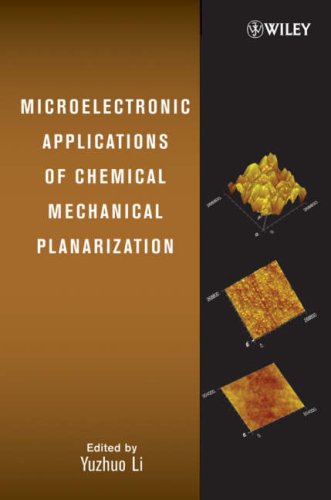

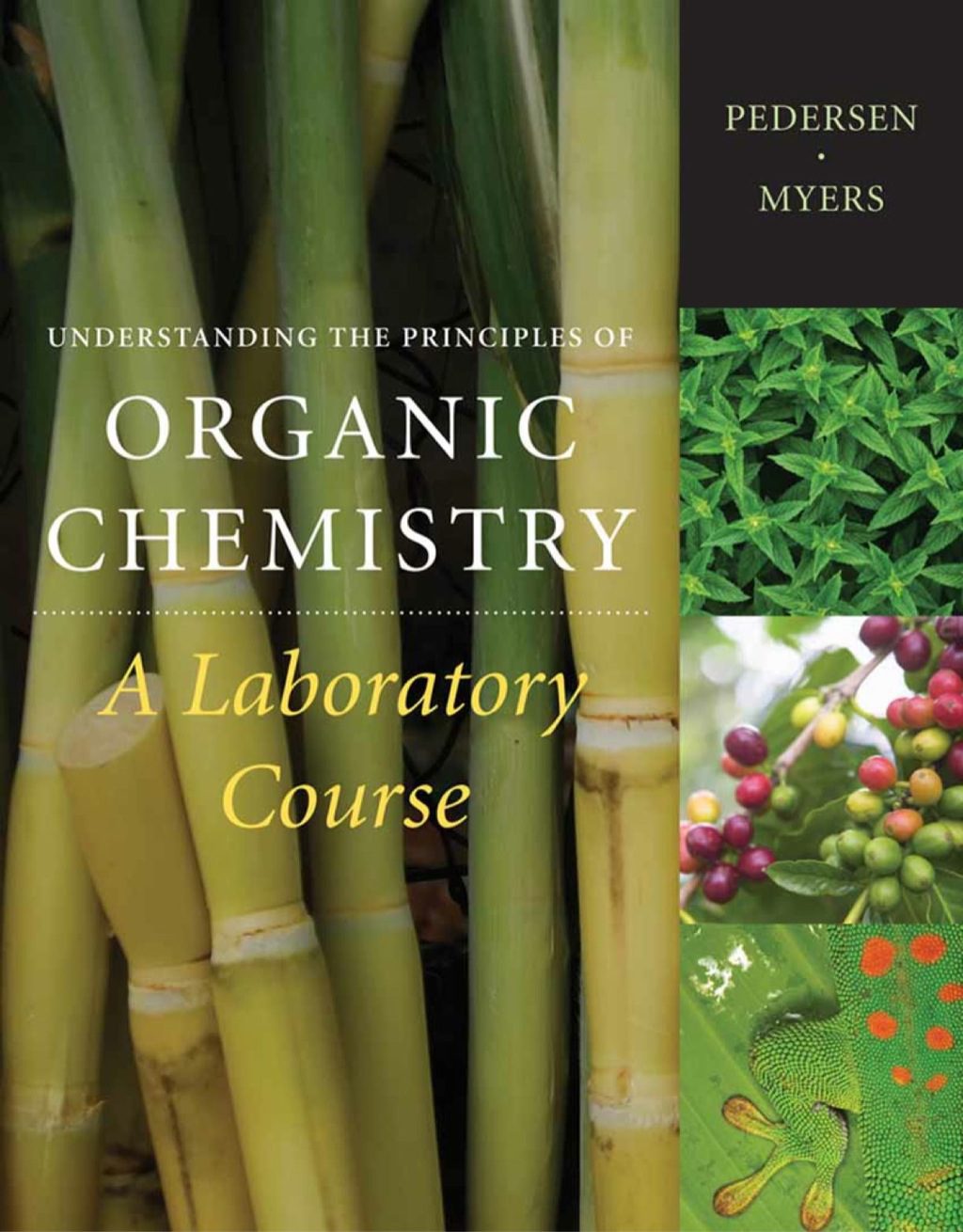
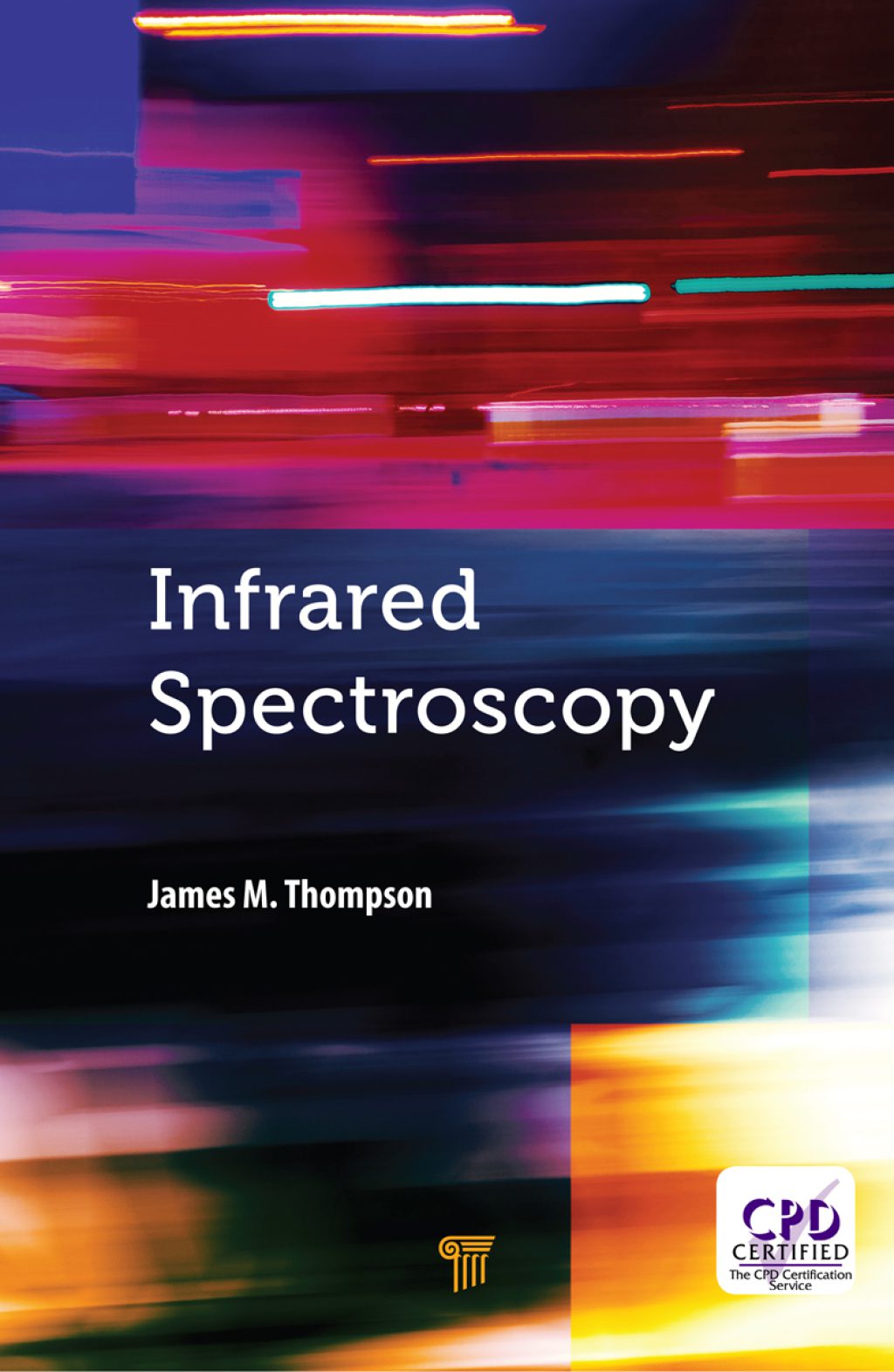
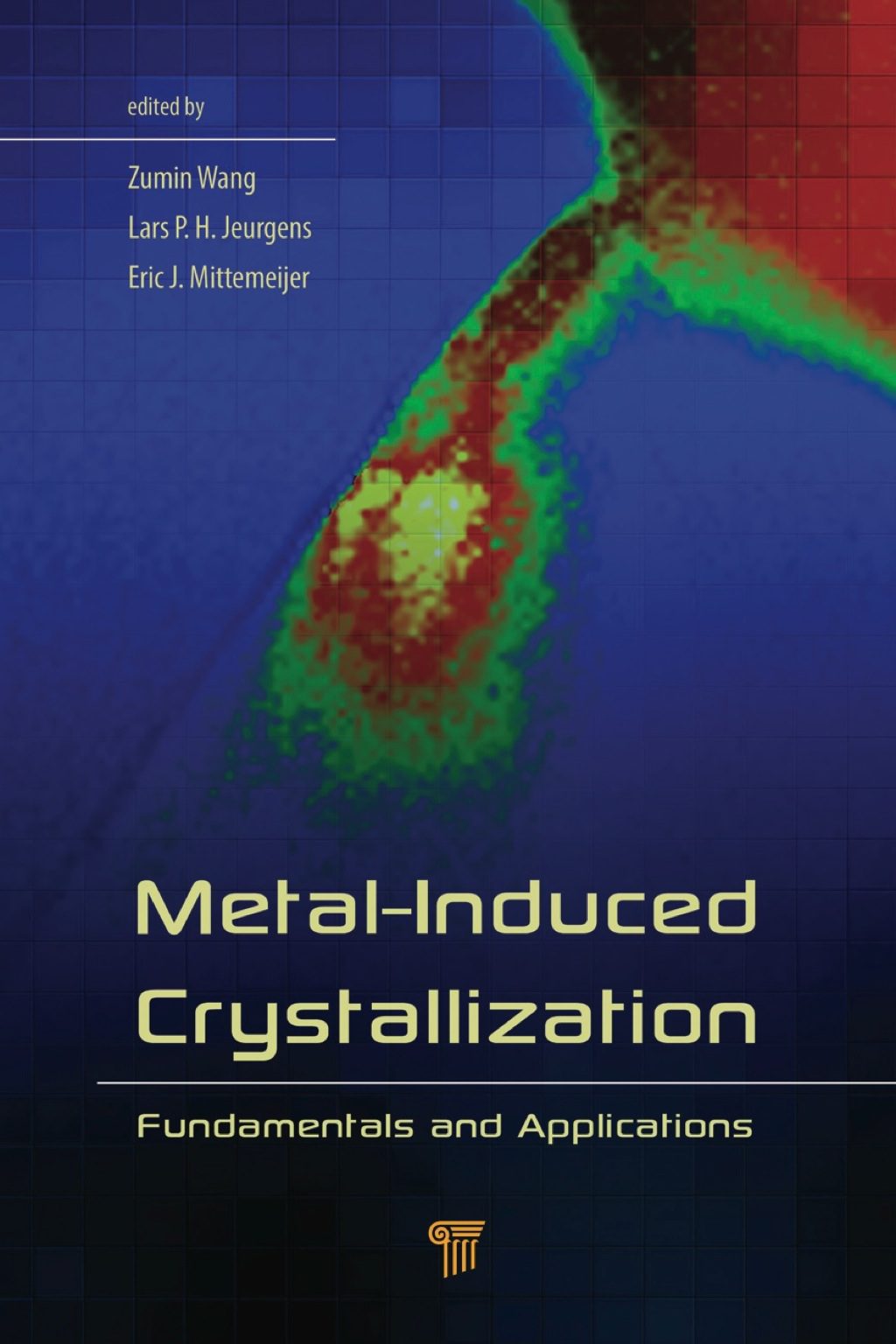
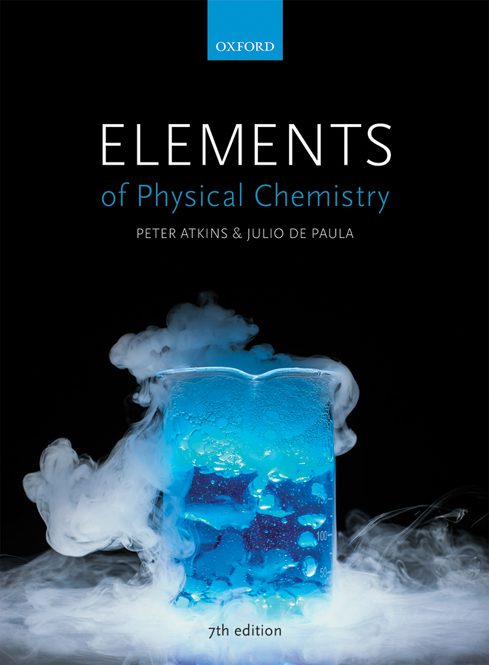
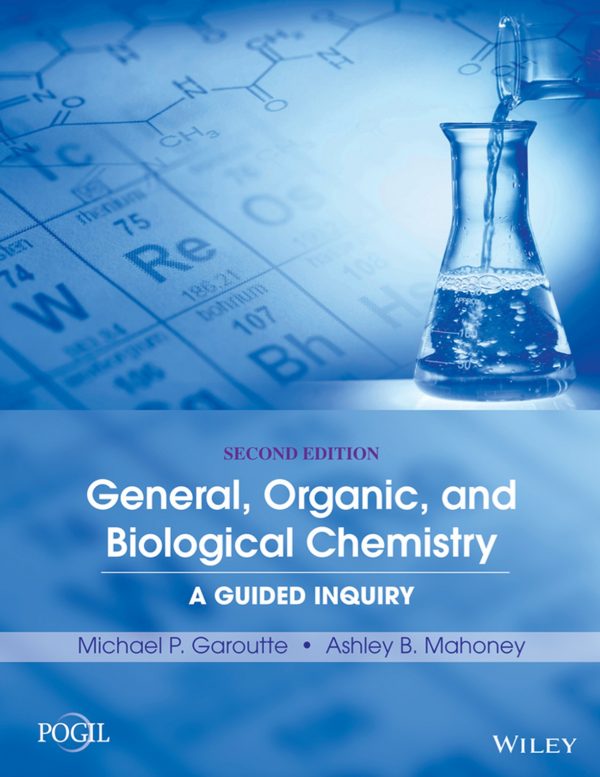
Reviews
There are no reviews yet.